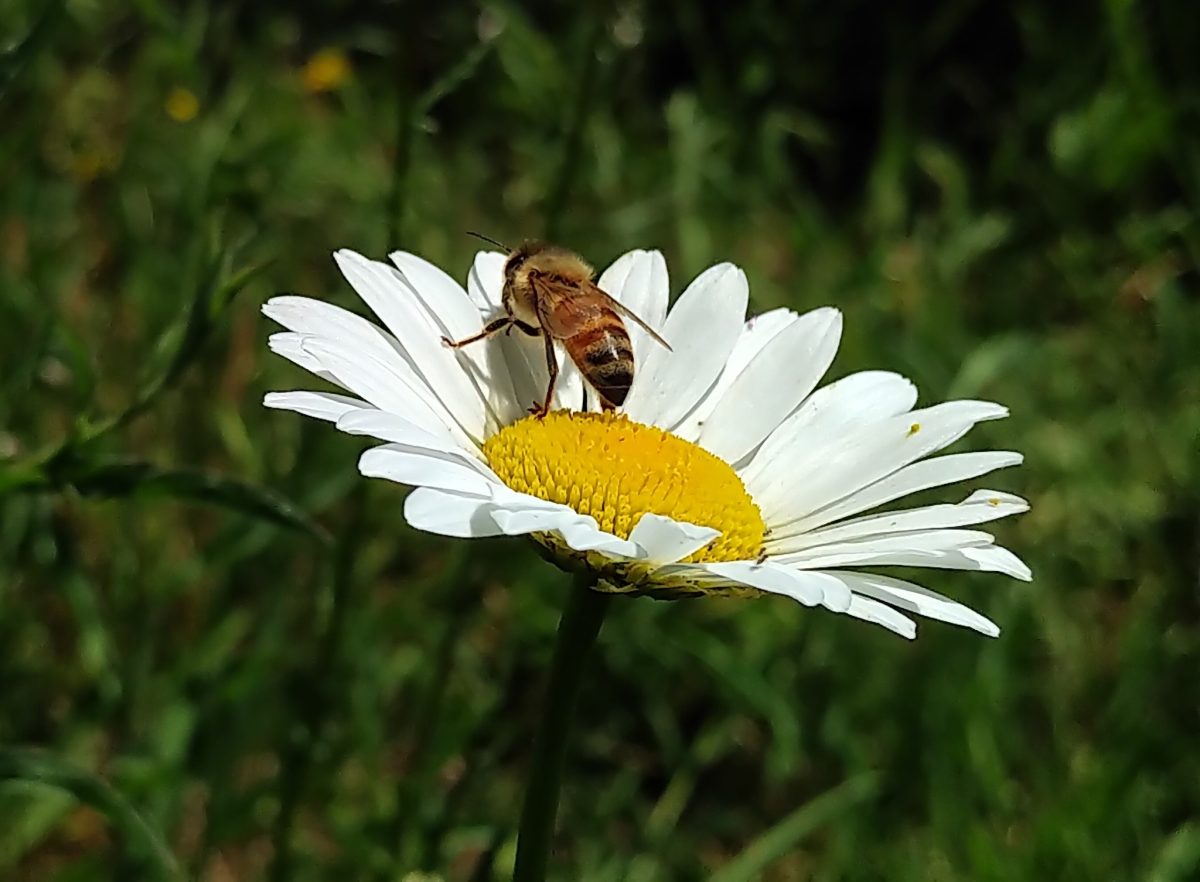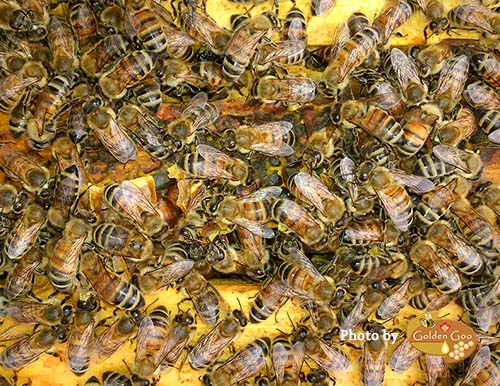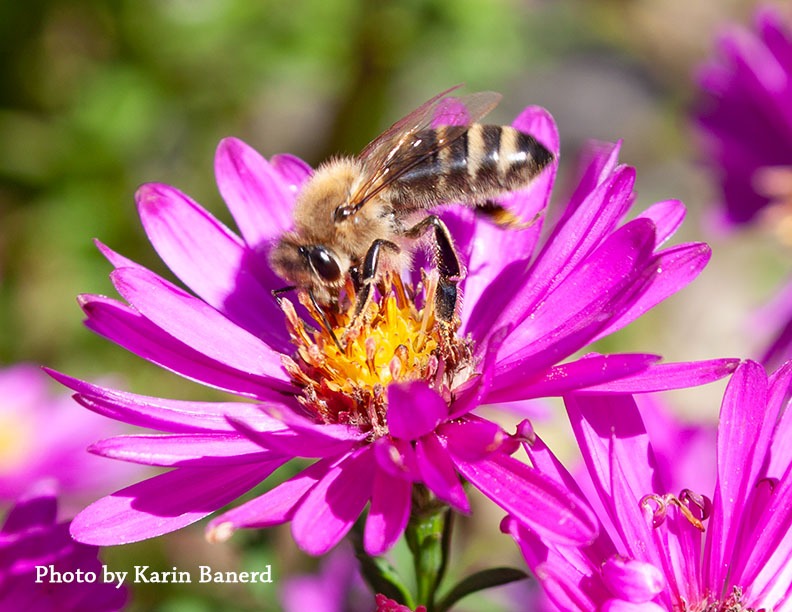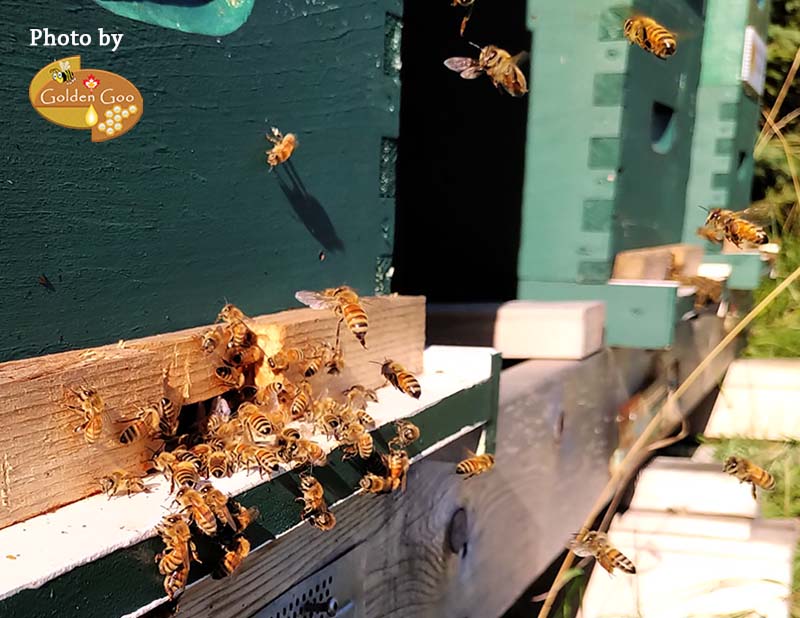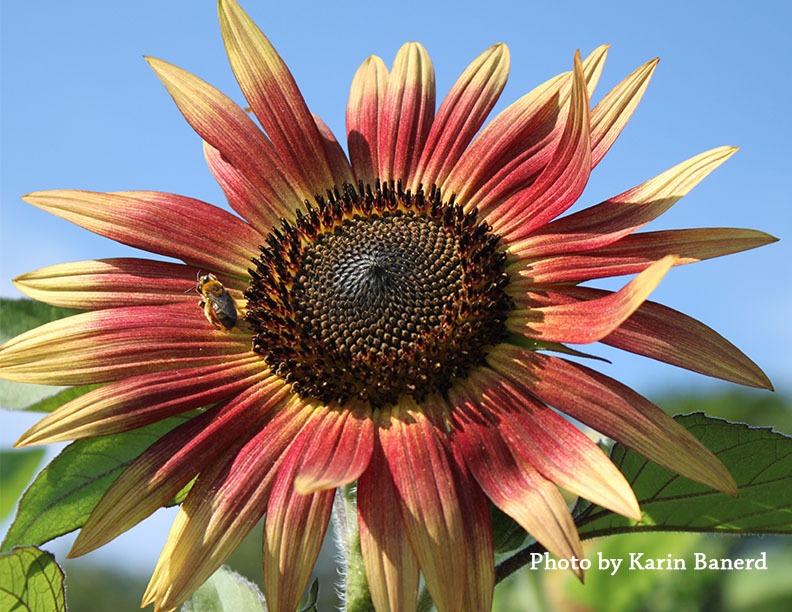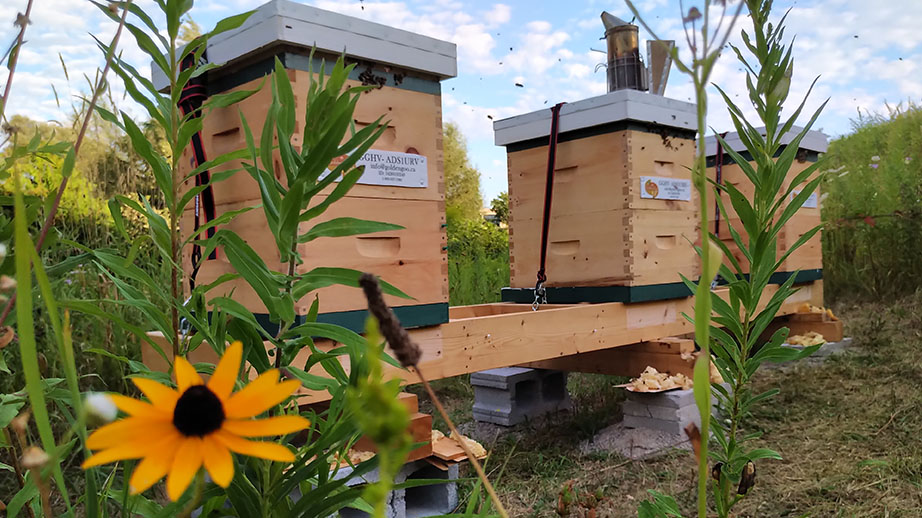The male bees, drones as they are known. are primary present in colonies for genetic diversity and colony longevity, breeding, as far as we currently understand. They are a bigger and fatter in size, they don’t sting and have larger eyes that they use to spot virgin queen bees in their mating flights. They live for about 6 – 9 weeks and if the are successful in mating, they die at the conclusion of the transfer of fluids to the queen in mid air. In the colder months, the winter, there are no male drone bees at all. The hive then is only comprised of 100% female bees, all workers and one Queen, no male bees.
